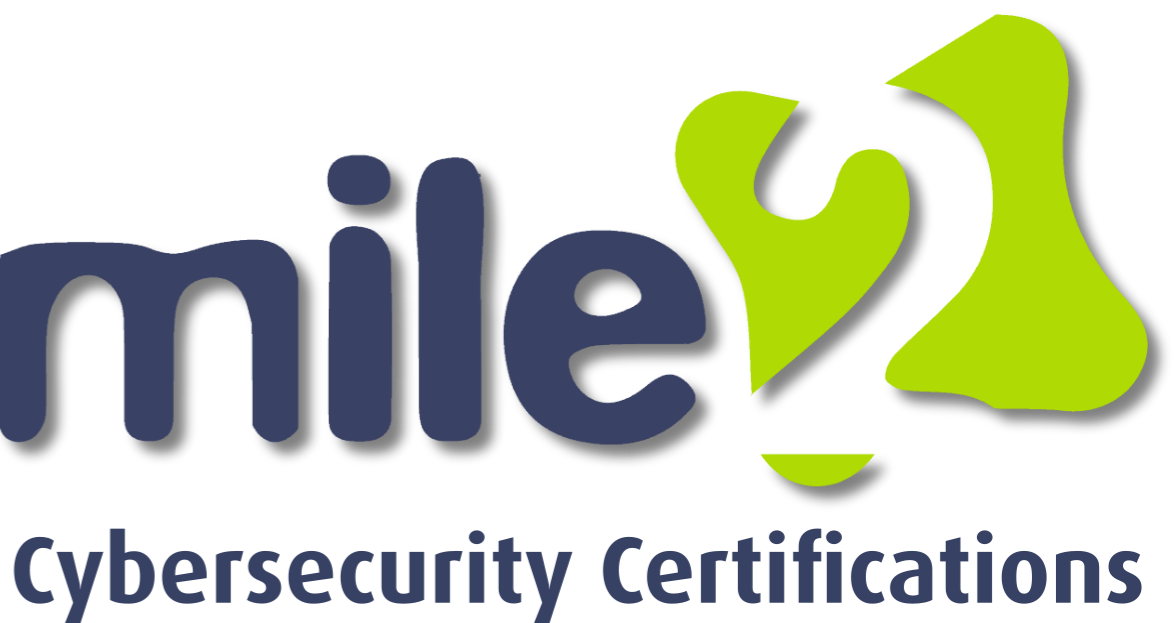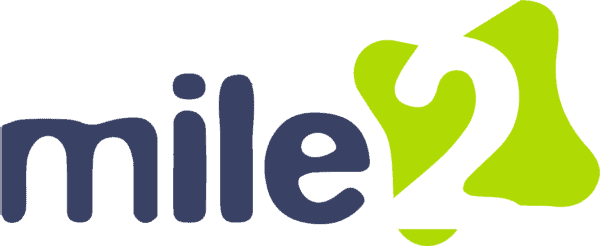OCU C)ISSO C Discussion Lesson 04
- This topic has 2 replies, 5 voices, and was last updated 6 months, 1 week ago by
Amy Hastings.
-
AuthorPosts
-
-
February 15, 2024 at 4:15 pm #93545
Manny Varela
KeymasterChoose one of the following to discuss in detail. Give at least 4 examples that include information from the text and videos (at least 2 examples from each).
- Access control characteristics and threats to access control.
- Information Classification: Reasons, criteria, levels, and benefits.
- Access Control Models and Technologies: models, and model types
- Access Control Methods: administration, RADIUS pros, cons, and characteristics
-
May 21, 2025 at 1:29 pm #106142
Ashly Jackson
ParticipantIdentity management, authentication techniques, single sign-on (SSO), and access control monitoring are all interrelated concepts essential for secure online environments. They collectively ensure that the right individuals have appropriate access to vital information and resources.
Identity management refers to the processes and policies that organizations use to manage user identities and their access to systems. It encompasses the creation, maintenance, and deletion of user profiles, establishing a foundation for security.
Authentication techniques, such as passwords, biometrics, or multi-factor authentication, are methods used to verify a user’s identity. They enhance security by ensuring that only authorized users can access sensitive information.
Single sign-on simplifies the user experience by allowing individuals to authenticate once and gain access to multiple systems or applications. This reduces the number of credentials users must remember, thereby streamlining the login process while maintaining security.
Access control monitoring involves continuously observing and managing user access to systems. It provides real-time insights and allows organizations to detect and respond to unauthorized access attempts promptly.
Together, these elements contribute to a comprehensive security strategy that protects valuable data and enhances user efficiency. For example, a company may implement SSO alongside robust authentication techniques to reduce password fatigue while ensuring that identity management protocols are strictly adhered to, thereby facilitating effective access control monitoring. In both the text and video, there is a clear emphasis on how these components work in harmony to create a secure and user-friendly environment.
-
May 26, 2025 at 7:40 pm #106197
Amy Hastings
ParticipantThe access control characteristics and threats to the access control system are identification, authentication, and authorization. Identification is used to identify things within the system such as the user or the device being used while authentication is the use of passwords and usernames in order to keep the user’s information secure. Authorization is the process of finding the best action to take depending on the problem or depending on what the user is allowed to have access to. Some weaknesses of the access control characteristics would be inside threats including things such as someone gaining access to information outside of the user’s control. Broken access controls would be another threat for this because it can leave your system vulnerable to more threats.
-
-
AuthorPosts
- You must be logged in to reply to this topic.

